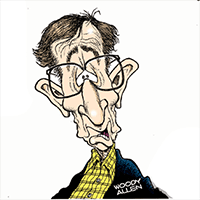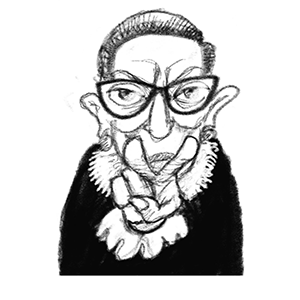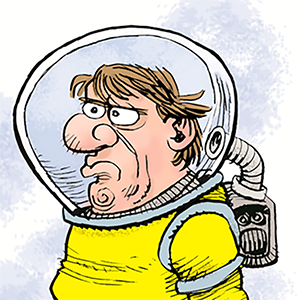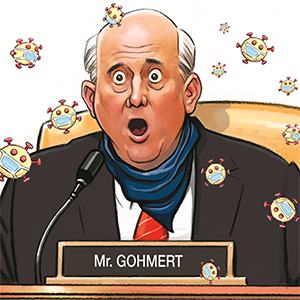Editorial: The challenge now is deciding how to rebuild safely in areas destroyed by fire
Published in Op Eds
Fires are still burning, ominous wind warnings abound, and in ravaged communities, residents are searching the rubble for possessions and pets.
Eventually decisions will have to be made — by residents, elected officials, developers and planners — about what happens to this torched land.
The people who lived and lost in communities destroyed by these fires — the most destructive in Los Angeles County history — will ultimately decide whether to settle elsewhere for good or rebuild their homes and neighborhoods where they stood. In the Palisades, some had lived there for decades and others not long at all. In Altadena, generations of families had lived in their homes. Whatever residents decide, the rest of us — including state, county and city leaders — should be careful not to displace them again by preventing them from rebuilding.
However, with a string of devastating fires in the last few decades before this latest one, we should all understand by now that we have to make adjustments to the way we live and build.
That doesn’t necessarily mean never rebuilding in an area that suffered from a wildfire. It means creating fire breaks and buffer zones to offer some barrier between developments and wild land. It means building with more fire-resilient materials and ember-resistant vents.
Every horrible, large-scale urban fire sparked by a wildfire in California has taught cities something about how to build and lay out communities better.
Building codes have changed over the years, and newer housing is more fire-resistant. But that doesn’t begin to solve everything.
“The building industry has kept repeating, ‘We can definitely build safely in these neighborhoods,’” says J.P. Rose, a policy director at the Center for Biological Diversity who has worked to support legislation that regulates building in high-fire danger areas. “It won’t admit that these codes aren’t enough because buildings built to code have burned. We are literally playing with fire when we refuse to see if these really work and we put all our faith in them.”
One thing that largely hasn’t changed is where Californians want to live. For decades, they have perched themselves atop hillsides, tucked themselves into canyons or spread out in the foothills. And it’s not always about a view. People live in the communities they know, maybe where they grew up, near family and friends, near their work.
Rebuilding in fire-prone areas may mean moving power lines underground, widening roadways for easier access in and out of a neighborhood during a fire, or putting external sprinklers on roofs of houses. Few of these ideas are inexpensive — but neither is a destructive fire.
In the days to come there will be plenty of debate over whether there were enough firefighters during the fires and whether enough were deployed proactively when warnings of windstorms in a parched county predicted danger.
“The death and destruction caused by recent wildfires should have served as reminder enough that California can’t keep sprawling into dangerous wildfire terrain. So far, California leaders have refused to act. What will it take?” The editorial board wrote that more than five years ago.
But if we want to keep living here and building more housing — which we already desperately needed long before thousands of fire victims became homeless — then we have to build thoughtfully for an environment that promises to only become more challenging.
We also have to continue to think and act as neighbors, by supporting those who want to rebuild. There are plenty of problems ahead. And returning residents need to be part of the solutions.
©2025 Los Angeles Times. Visit at latimes.com. Distributed by Tribune Content Agency, LLC.




























































Comments